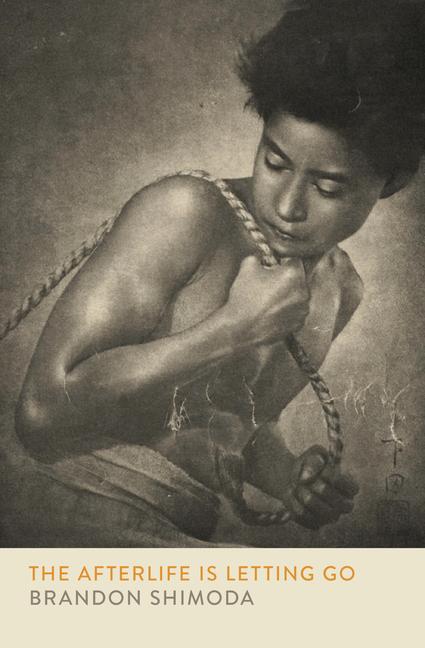The meager presence of Japanese American incarceration in American classrooms can be traced, perversely, to its most public moment of recognition. In 1988, based on the findings of a special commission that gathered years’ worth of survivor testimony, Congress passed the Civil Liberties Act, formally acknowledging the injustice of incarceration and issuing an apology “on behalf of the people of the United States.” The act also established a $5 million education fund “to inform the public about the internment”—an amount, Shimoda notes, that was lobbied down from a proposed $50 million, and only a portion of which was eventually used for school curricula, providing for “the lackluster, perhaps illusory, paragraphs in US history textbooks.”
The act is probably best remembered, however, for its provision to pay restitution to those who endured incarceration. After its passage, $1.6 billion of reparations was eventually paid out to 82,219 Japanese Americans at a sum of $20,000 each. The money Shimoda’s grandfather received was used to pay for one year’s rent in the nursing home where he died. “The check,” Shimoda writes, “was a coin placed in my grandfather’s mouth.” Meanwhile, the public moment of closure was given over to Ronald Reagan rather than the Japanese American community: in captions to the oft-reprinted photograph of the act’s signing, Reagan is almost always the only person named despite being surrounded by trailblazing formerly incarcerated Japanese American legislators. Ultimately, the government’s attempt to close the door on Japanese American incarceration was “an act of control,” Shimoda concludes. “It galvanized, out of voluminous testimony, a regeneration of silence.”
Early in the book Shimoda profiles the group Tsuru for Solidarity, a Japanese American–led organization that works to end immigration detention. Under the slogans “Never Again is NOW” and “Stop Repeating History,” the group invokes “the moral authority of Japanese Americans who suffered the atrocities and legacy of US concentration camps.” In 2019 the group successfully protested a plan to detain migrant children at Fort Sill in Oklahoma—a former site of Japanese American incarceration that had also previously served, under the Obama administration in 2014, as a detention site for approximately 1,200 Central American children. During the protests, Satsuki Ina, who was born in the Tule Lake concentration camp, neatly summarized the group’s ethos:
We are here today to protest the repetition of history. We were held under indefinite detention. We were without due process of law. We were charged without any evidence of being a threat to national security, that we were an unassimilable race, that we would be a threat to the economy. We hear these exact words today regarding innocent people seeking asylum in this country.
This encapsulates one of the central assertions of Shimoda’s book and of his entire body of work: that Japanese American incarceration “has not ended, but has entered a new phase.”
